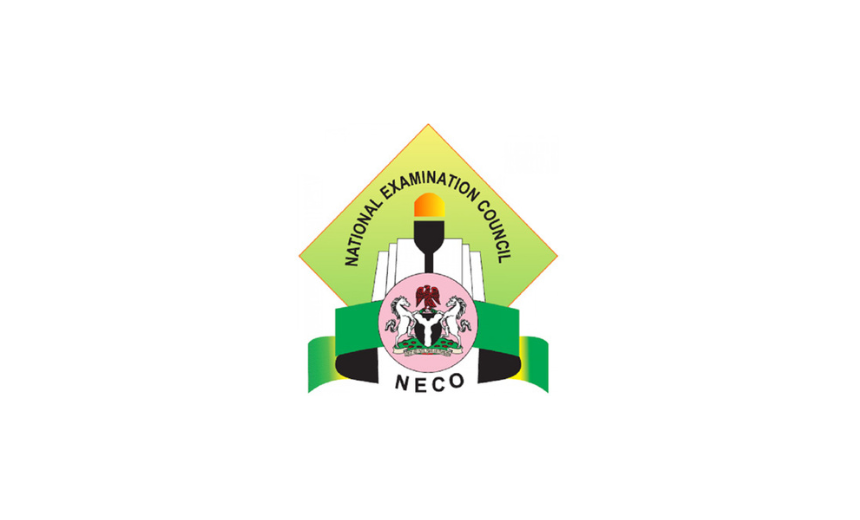A section of the sun has left the surface and begun circulating around the top of the star as if it were a huge polar vortex, and it’s not exactly clear why it’s happened. The giant filament of plasma appears to have broken away from the sun and swirled around its north pole in a tornado-like vortex. NASA's Solar Dynamics Observatory captured the mysterious event on February 2. The entire spectacle, which lasted about 8 hours, went viral on Twitter when Tamitha Skov, a science communicator and research scientist at The Aerospace Corporation in California, posted footage.
"Talk about Polar Vortex," space weather forecaster Tamitha Skov said on Twitter.
She added that the telescope footage appeared to show a solar prominence — a large, bright filament extending out from the sun, but anchored to the solar surface. In this case, though, it looks like part of the filament broke away and began whipping itself in a circle around our star's north pole.
"It's the first time I have seen something like it."
Scott McIntosh, a solar physicist and deputy director of the National Center for Atmospheric Research, told Insider in an email. That doesn't necessarily mean it's never happened before, he added.
Though he hasn't seen the vortex before, McIntosh told space.com that a solar prominence appears in the same spot — at 55 degrees latitude — during every 11-year solar cycle. It's probably related to the sun's magnetic field reversing every solar cycle, but the exact mechanism causing it is a mystery.
The vortex it seemed to create last week is equally mysterious.
"Its appearance is more cool than baffling," McIntosh said. "Our initial observation was more of a gee whizz kind of thing."
Since all these eruptions are occurring at the sun's north pole, none of them are pointed at Earth, so they don't have the disruptive effects to GPS and radio that some solar explosions can cause.
"These are not events disruptive to the Earth at all, just a real scientific curiosity about what's happening at the poles," he said.
Solar prominences consist of hydrogen and helium, and they extrude from the sun’s service releasing plasma.
While there’s confusion around the cause of the phenomenon, it could be related to the reversal of the sun’s magnetic field, as well as the fact that something expected has been known to happen when the sun reaches a 55 degree latitude in every 11-year solar cycle.



















